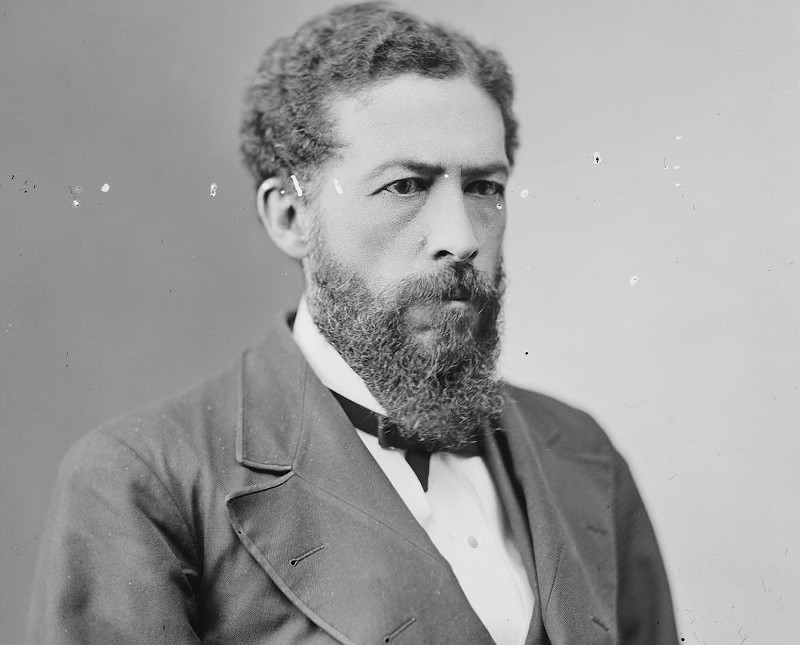As we celebrate Black History Month, with Black history under political attack in America’s classrooms, now it probably a good time to take a look back at significant Black history that happened right here in Ohio.
In many ways, Ohio’s contribution to Black history began with its very founding. Considered one of the most important legislative acts of the Confederation Congress, the Northwest Ordinance of 1787 protected civil liberties and outlawed slavery in the new territories including what would become Ohio.
While it did include a noxious fugitive slave clause, the Northwest Ordinance stands as the first U.S. government document to ban slavery.
The negotiation of that was the work of Massachusetts Rev. Manasseh Cutler, who helped found Marietta. In 1802, Cutler’s son Ephriam was selected as Washington County’s delegate to the Ohio Statehood Constitutional Convention. Ephriam Cutler introduced the section to the Ohio Constitution barring slavery and cast the deciding vote for Ohio to enter the Union as a non-slave state.
Sojourner Truth was an American abolitionist and women’s rights activist. Truth was born into slavery in Swartekill, New York, but escaped with her infant daughter to freedom in 1826. After going to court to recover her son in 1828, she became the first Black woman to win such a case against a white man.
In 1851, Truth gave her famous, “Aint I a Woman?” speech at the Womens Convention in Akron. While the exact text of the speech was lost to time, the most detailed account of it came from the Salem, Ohio, Anti-Slavery Bugle, and was written by Marcus Robinson, a friend of Sojourner’s who heard the speech.
“Those only can appreciate it who saw her powerful form, her whole-souled, earnest gesture, and listened to her strong and truthful tones,” Robinson wrote of the speech.
He quoted her saying: “I am a woman’s rights. I have as much muscle as any man, and can do as much work as any man. I have plowed and reaped and husked and chopped and mowed, and can any man do more than that? I have heard much about the sexes being equal. I can carry as much as any man, and can eat as much too, if I can get it. I am as strong as any man that is now.”
In 1856, Wilberforce University, the country’s oldest, private Black university was founded.
On the eve of the Civil War, Black people made up 2% of the Ohio population, or 36,700 people. Ultimately, 5,000 Ohio Black people served in state or federal units during the conflict.
The 27th U.S. Colored Infantry Regiment, recruited by John Mercer Langston with the authorization of Gov. David Todd, was organized into service on Jan. 16, 1864, at Camp Delaware, Ohio.
Langston was an African American abolitionist, attorney, educator, activist, diplomat, Congressman and the first dean of Howard University’s law school.
Langston’s early career was based in Ohio, where, in 1855, he was one of the first African Americans in the United States elected to public office after winning a town clerk position in Brownhelm Township, Lorain County.
This made Langston the first Black person to win elected office in Ohio. He and his brother were also very active with the Underground Railroad.
In 1880, George Washington Williamswas the first African American to serve in the Ohio House of Representatives. Beyond that, he is notable for writing the first comprehensive history of African Americans from their own point of view: The two-volume, “History of the Negro Race in America from 1619 to 1880: Negroes as Slaves, as Soldiers, and as Citizens.” His election would pave the way for many others over the coming decades.
As reported by the Ohio History Connection, “Beginning just before the turn of the 20th century, Black Republicans served regularly in the Ohio General Assembly, where they supported anti-lynching legislation and helped to defeat a bill that would have prohibited ‘mixed’ marriages.
“Harry Smith, a Black legislator and newspaper publisher, was instrumental in the 1896 anti-lynching law known as the Smith Act. That same year, Smith also introduced the Ohio Civil Rights Law, outlawing racial discrimination in public places.”
Black Ohioans would continue to make significant contributions to Ohio and U.S. history throughout the 20th Century.
Carl B. Stokes became the first African American elected mayor of a major American city when he was elected mayor of Cleveland in 1967.
In 1972, Ellen Walker Craig became the first African American woman elected to the office of mayor when she became mayor of Urbancrest.
Contributions haven’t been limited to politics. In 1988, Toni Morrison from Lorain won the Pulitzer Prize in fiction for her fifth novel, “Beloved.”
In 2002, Halle Berry, from Cleveland, was the first African American woman to win Best Actress for Monsters Ball.
This is all the cliff notes version of history that should be admired, explored, and learned throughout Ohio in far more detail than I have space to provide here.
Trying to stifle and ignore this history is the most obnoxious kind of insult to so many people who did so much to advance our country, who stand in so much higher esteem than the unthinking, delicate morons who would snuff out their legacy.
David DeWitt is the editor-in-chief of the Ohio Capital Journal.
This commentary was originally published by the Ohio Capital Journal and is republished here with permission.
Stay connected with CityBeat. Subscribe to our newsletters, and follow us on Facebook, Instagram, Twitter, Google News, Apple News and Reddit.
Send CityBeat a news or story tip or submit a calendar event.







